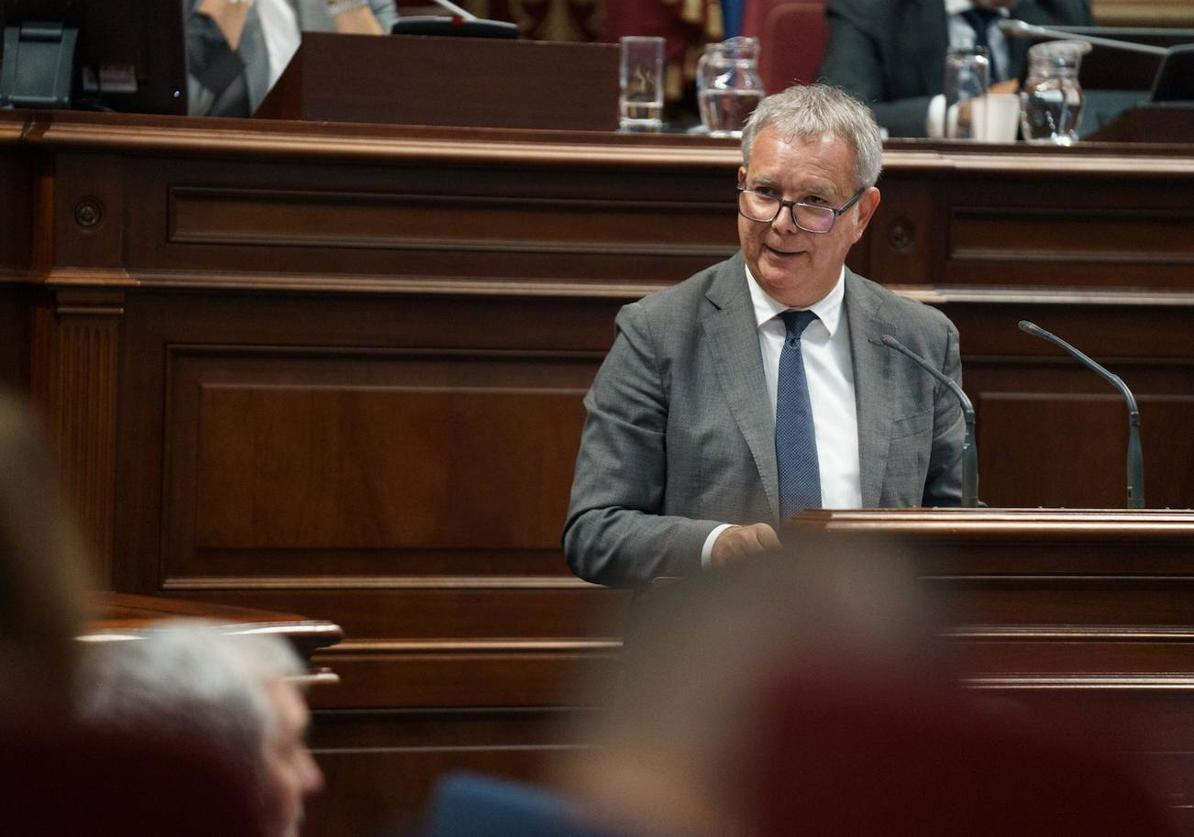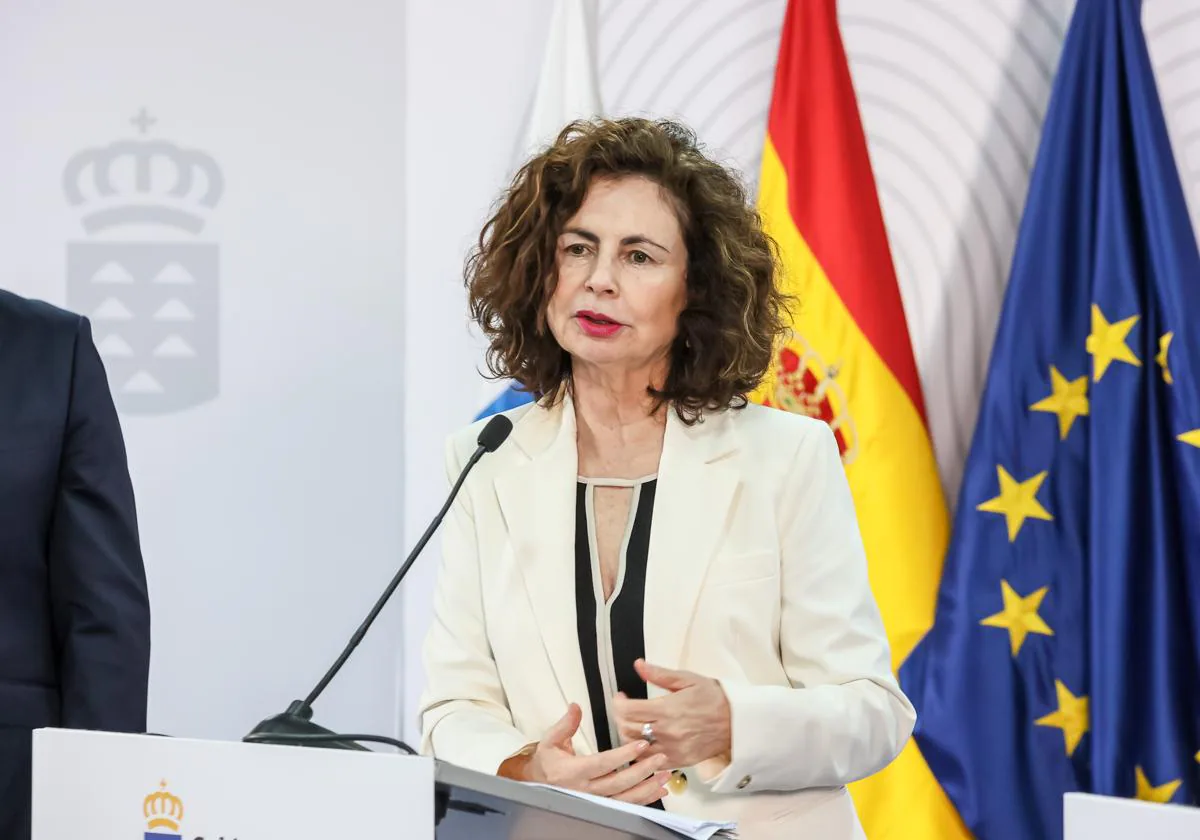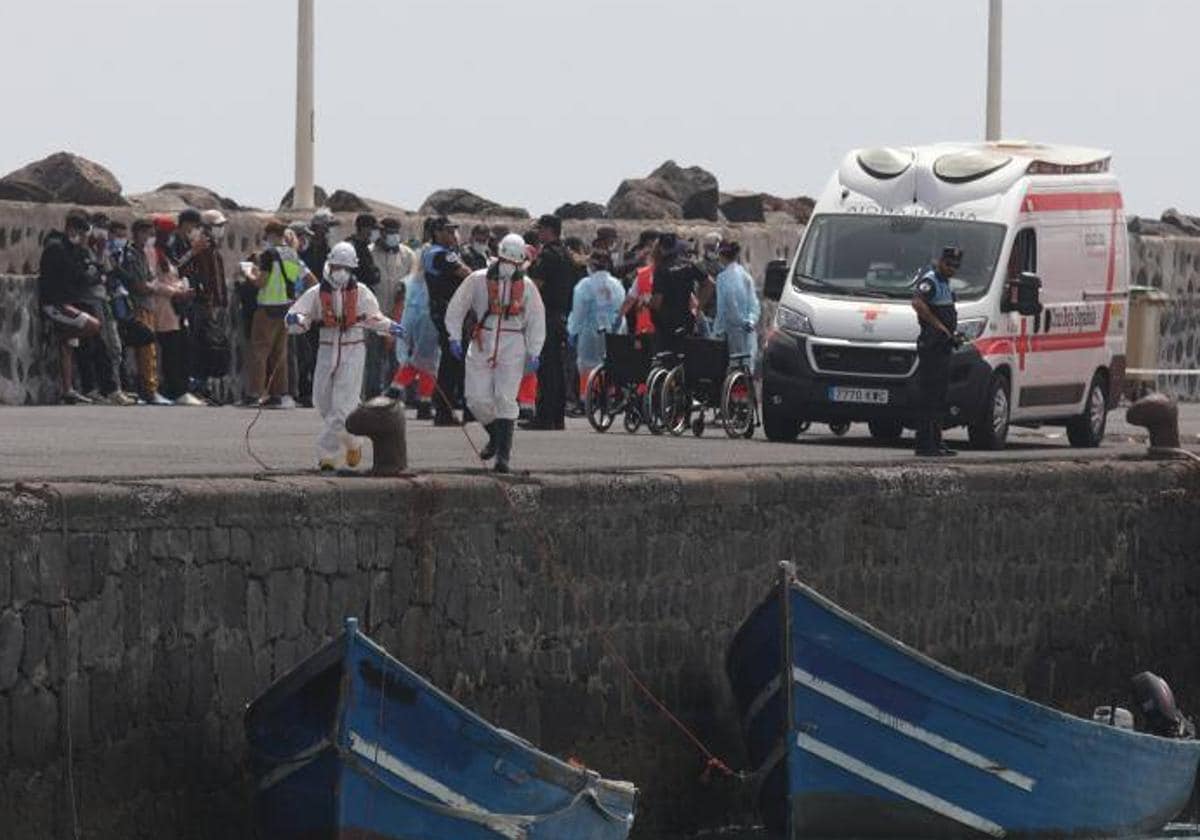Poland celebrates the centenary of its independence marked by nationalism


Polish President Andrzej Duda today led the march that marked Warsaw to commemorate the centenary of the country's independence, a mobilization in which extreme right-wing groups participated, although thousands of national flags prevailed over the most radical messages.
The first estimates speak of up to 200,000 participants in this March for Independence, announced the Polish Interior Minister, Joachim Brudzinski, who said that, so far, no relevant incidents have been recorded.
Although the red and white flags (Polish national colors) predominated, emblems of the Radical Camp party, a Polish formation that has its origins in a fascist movement that was born in the thirties, and of the far-right Italian political party Fuerza Nueva .
There were also some groups that chanted supremacist messages in favor of a white Europe or against refugees, and even some flags of the European Union were burned, but the level of radicalization of the march was lower than that registered in previous editions.
The mobilization, organized by the Polish Government in an attempt to avoid the prominence of the extreme right, was the central act with which Poland commemorated the centenary of the recovery of its independence, on November 11, 1918, after 123 years divided and occupied by Prussia, Russia and the Austro-Hungarian Empire.
"I want us to march together today under our national flag, in an atmosphere of celebration and tribute to our heroes and our country," said Andrzej Duda in the speech with which he started the march, where he insisted it was "an act open to all and in which everyone can find an accommodation ".
Duda addressed the attendees surrounded by Polish national flags, while little by little the smoke of the flares that the assistants raised blurred his figure, in a staging of marked nationalist character that seemed more typical of another era.
The Polish president insisted on several occasions that the march was "inclusive and open to all," to the extent that it has been done jointly with the ultranationalist groups that organize a march each year to commemorate independence plagued by xenophobic messages.
In fact, that of last year, in which some 100,000 people participated, was criticized by the European Parliament in a resolution urging the Member States to act decisively against the extreme right.
In other editions, especially in 2012 and 2013, the mobilization ended with clashes with the police and dozens of detainees.
These antecedents took to the City council of Warsaw, in the hands of the liberal opposition, to prohibit it by its radical character, although later Justice rejected the municipal decision and authorized the mobilization.
Faced with this situation, the Polish Government of the Nationalist Law and Justice Party (PiS) decided to organize a march where all the political tendencies, including the ultranationalist groups, would unite.
The opposition has charged against the PiS after this decision, accusing it of legitimizing the most extremist groups.
For the leader of the Nowoczesna liberal party, Katarzyna Lubnaue, it is regrettable that the Polish president marches alongside radical groups with fascist symbols.
One of the leaders of the anti-racist organization Nigdy Wiecej Rafal Pankowski, explained to Efe that the simple fact that the government and groups of the extreme right have been able to sit down to negotiate a joint march is, in itself, very worrisome, and reflects a "dangerous "understanding.
The president of the European Council, the Polish Donald Tusk, was present at the events organized in Warsaw, something that could be understood in electoral key, since the liberal politician sounds like candidate of the opposition to the presidency of Poland in the elections of 2020.
On November 11, 1918, with the signature of the Armistice de Compiegne that put an end to the First World War, Marshal Józef Pilsudski took power and gave way to the first independent Poland in more than twelve decades.
In the later Treaty of Versailles, Polish independence was recognized internationally and its borders were defined, although that did not manage to put an end to the instability of its western limits, which caused continued tensions with neighboring Germany until the Nazi invasion and the beginning of the World War II.










